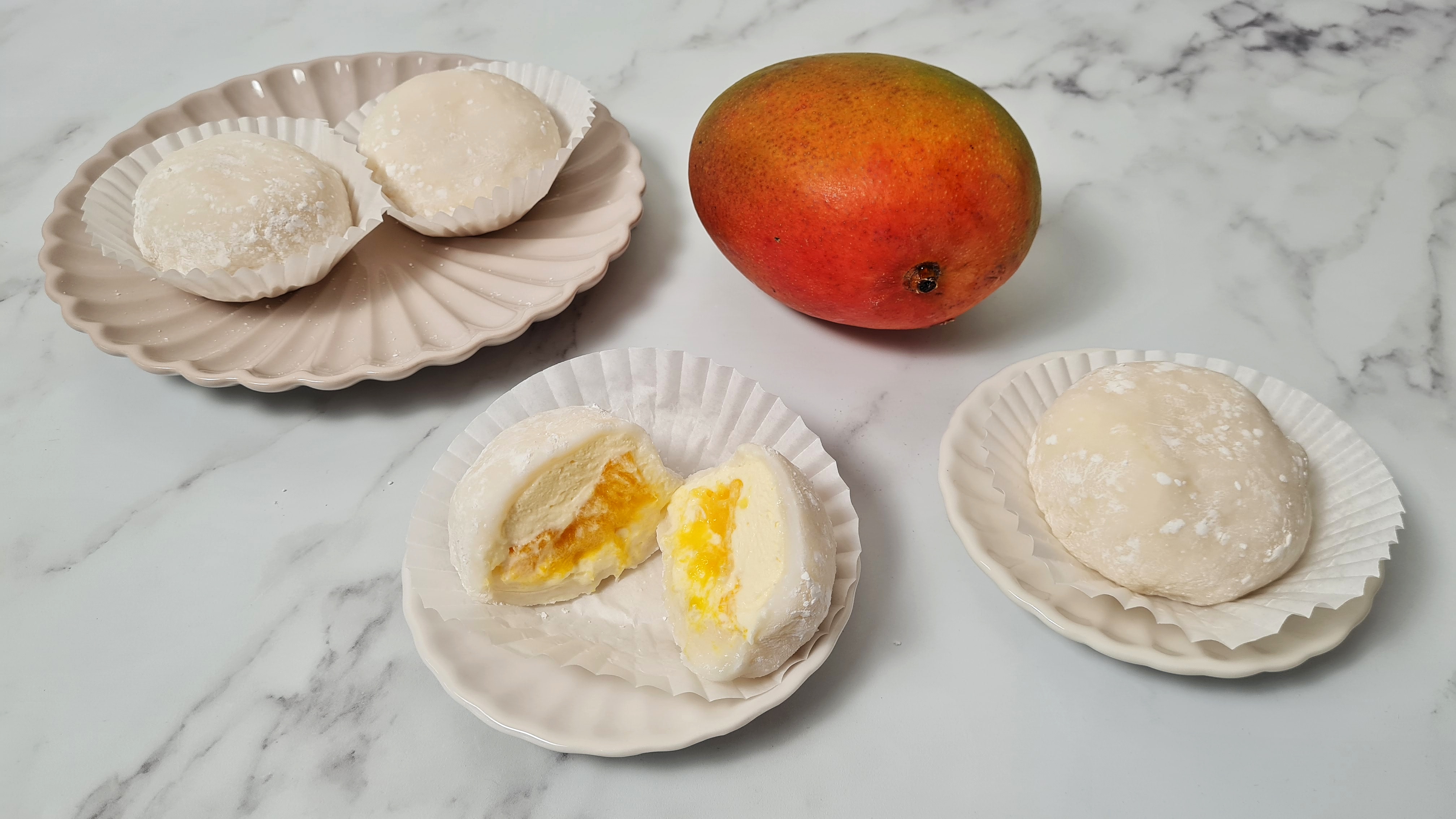Pandan Kuih Rose Recipe / Pandan Kuih Loyang Recipe [2022 Update]
I first wrote about and posted my kuih rose recipe (also known as rosettes, beehive cookies, rosettes, honeycomb cookies or kuih loyang 'brass cakes', referring to the brass mould used) back in 2015. Luckily seven years on, I haven't lost my knack for making them.
These are essentially delicate, crisp coconut milk batter biscuits, which are created by coating the hot, oiled brass mould with batter and then deep-frying. I've made these a few times now but not for a couple of years, and since Chinese New Year is coming up I felt that it was time to make them again.
I use Koepoe-Koepoe pandan paste to flavour and colour half the batter. It's my favourite pandan flavouring because of the strong but pleasant flavour and deep green colour. And it's gel-like in texture so it won't water whatever you're making down.
I got my mould from a supermarket in Malaysia while visiting family years ago. Back then it was difficult to get 'specialised' Asian kitchen tools in the West. Nowadays you could probably find a kuih rose mould on Amazon.
Full disclaimer: you'll need a couple of hours to make this. It's a super easy recipe, but it's going to take a while to get through all that batter. You're frying it up thin coating by thin coating, after all.
You can also watch me make this on my YouTube channel:
Ready? Let's go.
(Makes about 100 kuih rose biscuits.)
Ingredients:
250g rice flour (an even-ish mixture of regular rice flour and glutinous rice flour also works)
100g plain flour
Pinch of salt
3 eggs
400ml thick coconut milk
200g caster sugar
A few drops pandan paste (optional)
Vegetable oil (for deep-frying)
Method:
1. Make the batter by whisking the wet ingredients together, then sifting in and whisking the dry ingredients until a smooth batter forms.
2. Heat some vegetable oil in a small, deep saucepan on a low to medium heat, until a wooden chopstick sizzles slightly when dipped in (it should almost look like it's fizzing).
3. Preheat your mould by sitting it in the hot oil for a couple of minutes.
4. Lift the mould from the oil, carefully shaking off as much excess oil as possible, and dip into the batter without fully immersing the brass 'head' of the mould: the batter should just come up to the top of it. Hold it there for about five to six seconds to get a solid coating around the hot mould.
5. Plunge your coated mould into the hot oil, holding it in the middle of the oil so it doesn't touch the bottom of the pan. Count to about 15 seconds, and raise the mould with a little jiggle to free the kuih rose. If your mould isn't hot enough yet it might stick – in which case use a chopstick to gently poke the biscuit free.
6. Flip the biscuit over after a minute, or when it's turned a little golden brown for even cooking, and remove to drain on kitchen towel (or old newspapers) when it's golden brown all over. It's easiest to do all this with chopsticks and a slotted spoon or a fork, as the biscuit will still be a little soft while still hot and you don't want to bend it.
7. Repeat until all the batter is used up. This may take a while (two hours for me).
Enjoy, and have fun.



The successful hand is the one which totals the closest to 9. Well, perhaps flashing lights, blackjack tables, roulette wheels, poker tables, slots, etc. Well, this is what Virtual Reality casinos Games are all about. Such games aim to supply you the same expertise that you'd have at an actual on line casino. 온라인 카지노 The creation of pandemic induced lockdowns internationally too has been a significant push for these VR on line casino games.
ReplyDelete